more>>More News
- National Day
- ways to integrate into Chinese style life
- Should they be in the same university with me?!!
- Chinese Ping Pang Legend: the Sun Will Never Set
- A Glance of those Funny University Associations
- mahjong----The game of a brand new sexy
- Magpie Festival
- Park Shares Zongzi for Dragon Boat Festival
- Yue Fei —— Great Hero
- Mei Lanfang——Master of Peking Opera
Top 8 Natural Tourist Attractions in China
By admin on 2015-01-26
1. Huangguoshu Waterfall in Guizhou Province
The
Huangguoshu waterfall, the largest and one of the six most beautiful waterfalls
in China, is located on the Baishui River in the Bouyei Miao ethnic minority
Autonomous County, southwest China's Guizhou Province. The Huangguoshu waterfall
runs down through plenty of rocks and is surrounded by steep
mountains.
The waterfall is 30 meters wide
(can reach 40 meters in summer) and has a fall of 66 metres.There are 17 more
waterfalls in the upper and lower reaches of the Baishui River, where the
Huangguoshu Waterfall lies. These 18 waterfalls form the largest cluster of
waterfalls in the world and was listed in the Guinness World Records in 1999.The
best time to visit the Huangguoshu Waterfall is from May to
October.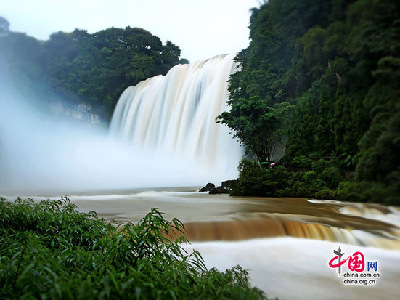
2. Mt. Qomolangma in Tibet
Mount Qomolangma, also called Mt. Everest, is the highest peak in the world. Its Tibetan meaning of 'Goddess the Third' adds more mysterious color and magic power to the subject. As a result, it has intrigued all kinds of people since it was first discovered. Pilgrims trek long distances to present a pious worship, climbing enthusiasts run great risks to challenge its high altitude and the common tourists also yearn for a reverent look at this holy peak.
The altitude of Mt. Everest is now about 8,844.43 m. (29,017 ft.). It is the dominant peak of Himalayas, the northern brae in Tingri County of Tibet and the southern in the Nepal. The area has 4 peaks above 8,000 m. (26,247 ft.) and 38 peaks above 7,000 m. (22,965 ft.), hence the laudatory title 'the Third Pole of the Earth'.
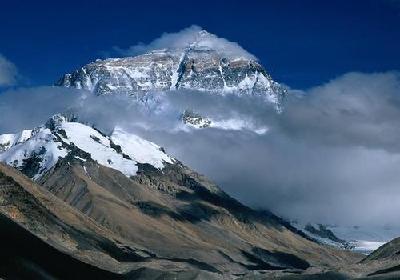
3. Taklimakan Desert in Xinjiang
The Taklamakan Desert, also known as Taklimakan, is a desert in Central Asia, in the Xinjiang Uyghur Autonomous Region of China. As one of the largest sand deserts in the world, the Taklimakan Desert covers an area of 330,000 square kilometers.It is bounded by the Kunlun Mountains to the south, and the Pamir Mountains and Tian Shan (ancient Mount Imeon) to the west and north. It is crossed at its northern and at its southern edge by two branches of the Silk Road as travelers sought to avoid the arid wasteland. "Taklimakan" has the meaning that you can never get out of the place once you step in it. The sand hills in the desert are 300 meters high. When wind blows the sand up, the hills can reach a height of 900 meters.
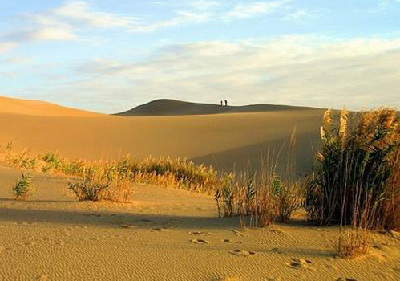
4. Namtso Lake in Tibet
Some 60 kilometers to the northwest of Damxung County of Lhasa, Namtso Lake is the highest salt lake in the world and largest salt lake in Tibet. It is one of the three holy lakes in Tibet and receives high respects among the local people. On the Tibetan year of sheep, pilgrims from faraway come here to walk around the lake. It takes more than 10 days to circle the lake once.
Namco, once dubbed as the highest inland lake in the world, is located at an altitude of 4,718 meters. The sacred lake attracts lots of pilgrims and visotors each year.Situated at north Tibet, Namco areas boast numerous scenic spots and diversified geographic features, such as snowbergs, wetlands, Gobi deserts, lakes and swamps.
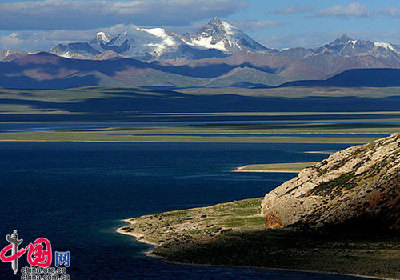
5. Changbai Mountains in Jilin
The Changbaishan is generally acknowledged as the most famous mountain range in Northeast China. The mountains rise in the northern part of Jilin's Antu County, and gradually extend southwards towards the North Korean border. Guests can visit the beautiful birch forest and the Heavenly Lake, the deepest alpine lake in China.
The Changbai Mountains in Jilin Province has China's largest population of wild northeast tigers. There are altogether over 400 wild northeast tigers in the world, less than 20 of them in China. They are first-class national protected animals and listed as endangered species. The wild northeast tigers are 2.8 meters long on average, and their tails are usually one meter long.
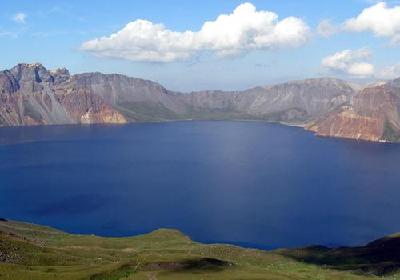
6. Chengguan town in Danxian county, Hainan Province
Chengguan town in Danxian county, Hainan Province has the most thunderstorms in China. Every year, there are some 131 days with thunderstorms, which leads to the town's nickname of "the town of thunder". Thunderstorms always cause hail and cyclones. It is the place for scientists and explorers to experience dramatic weather conditions.
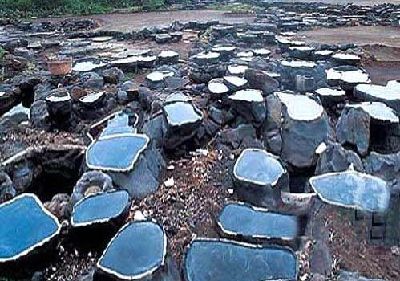
7. The Loess Plateau along the Yellow River The Loess Plateau,
also known as the Huangtu Plateau, is a plateau that covers an area of some
640,000 km2 in the upper and middle of China's Yellow River and China proper .
Loess is the name for the silty sediment that has been deposited by wind storms
on the plateau over the ages. Loess is a highly erosion-prone soil that is
susceptible to the forces of wind and water; in fact, the soil of this region
has been called the "most highly erodible soil on earth". The Loess Plateau and
its dusty soil cover almost all of Shanxi, Shaanxi, and Gansu provinces, the
Ningxia Hui Autonomous Region, and parts of others. There are more than 2,000 species found in the
reserve and these include some 40 new plant species. The reserve features the
perfect blend of Karst sceneries and lush green forest. You will so charmed by
the Karst peak-clusters, funnels and depressions, covered with primeval
vegetation.
The Yellow River, China's
second-largest river, passes through the Loess Plateau. You can drift on a raft
along the Yellow River to view the plateau. The best time to visit the Loess
Plateau is from March to October. 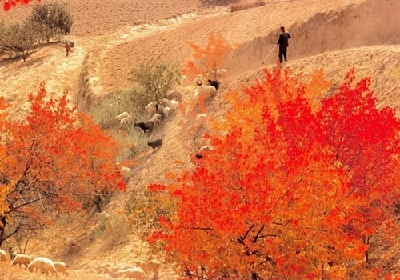
8. Maolan Karst Virgin Forest in Libo county,
Guizhou Province
The Maolan Karst located in Libo of southern Guizhou
Province; the reserve is covered by a lush virgin forest and the largest
subtropical virgin forest in China.It covers an area of over 130 square
kilometers with forest coverage of 91.59 percent. Over 500 kinds of trees can be
found in the forest, including ginkgo and Chinese tulip trees. Wild animals such
as macaques, South China tigers and bears also live in the forest. There are
also waterfalls, karst caves and lakes in the area.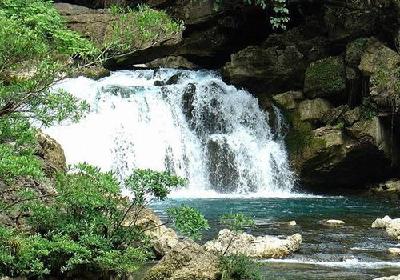
- Contact Us
-
Tel:
0086-571-88165708
0086-571-88165512E-mail:
admission@cuecc.com
- About Us
- Who We Are What we do Why CUECC How to Apply
- Address
- Study in China TESOL in China
Hangzhou Jiaoyu Science and Technology Co.LTD.
Copyright 2003-2024, All rights reserved




 Chinese
Chinese
 English
English
 Korean
Korean
 Japanese
Japanese
 French
French
 Russian
Russian
 Vietnamese
Vietnamese
